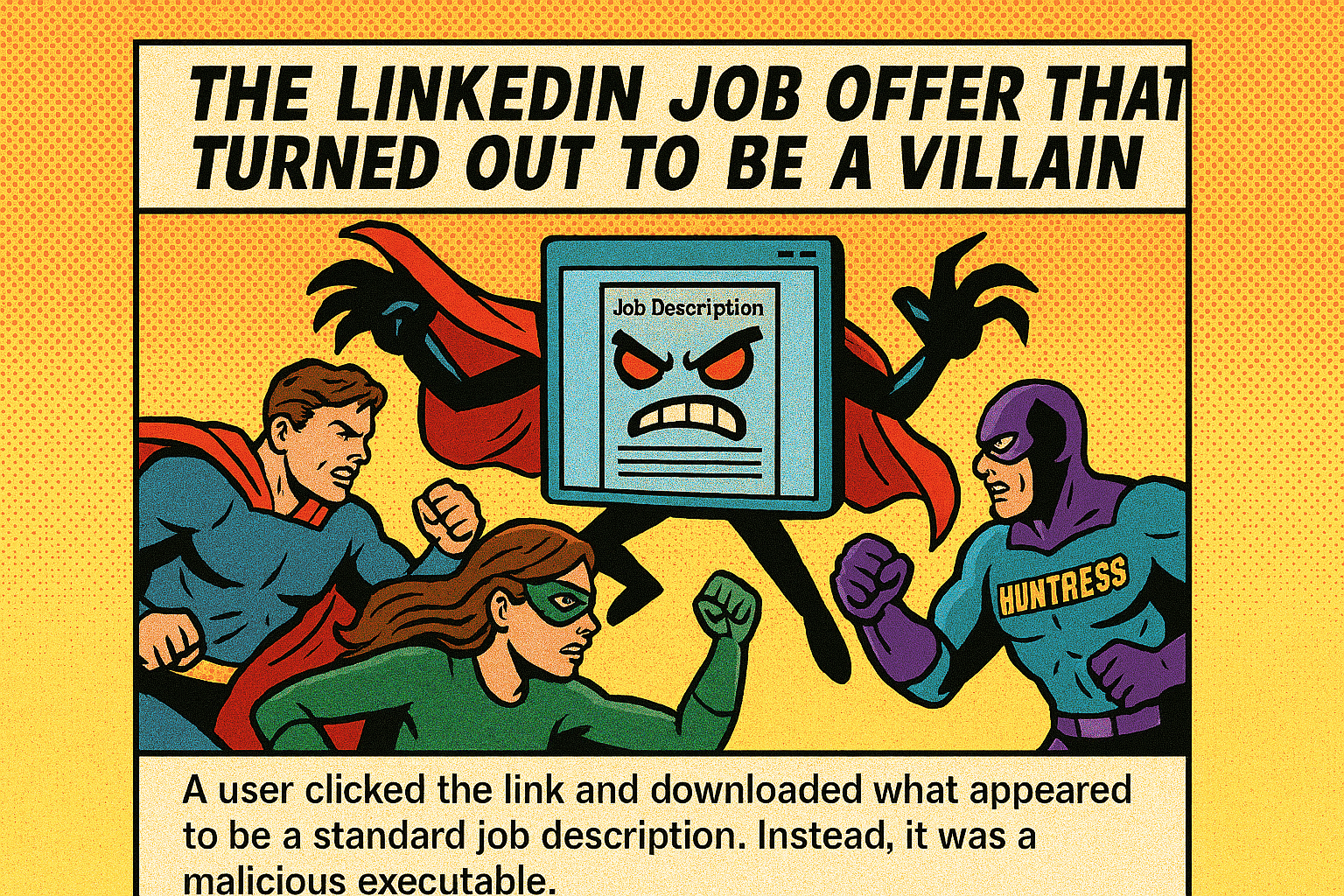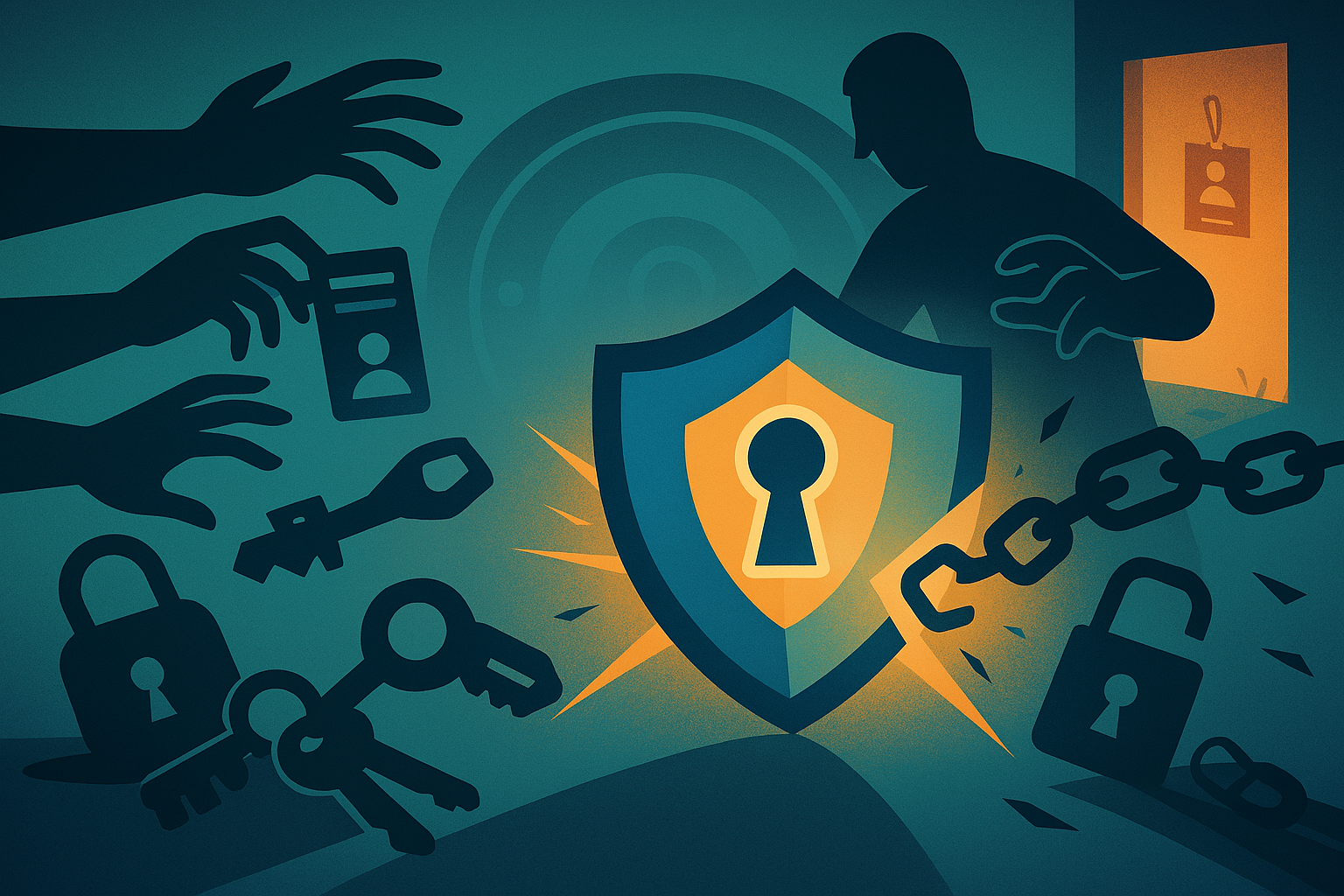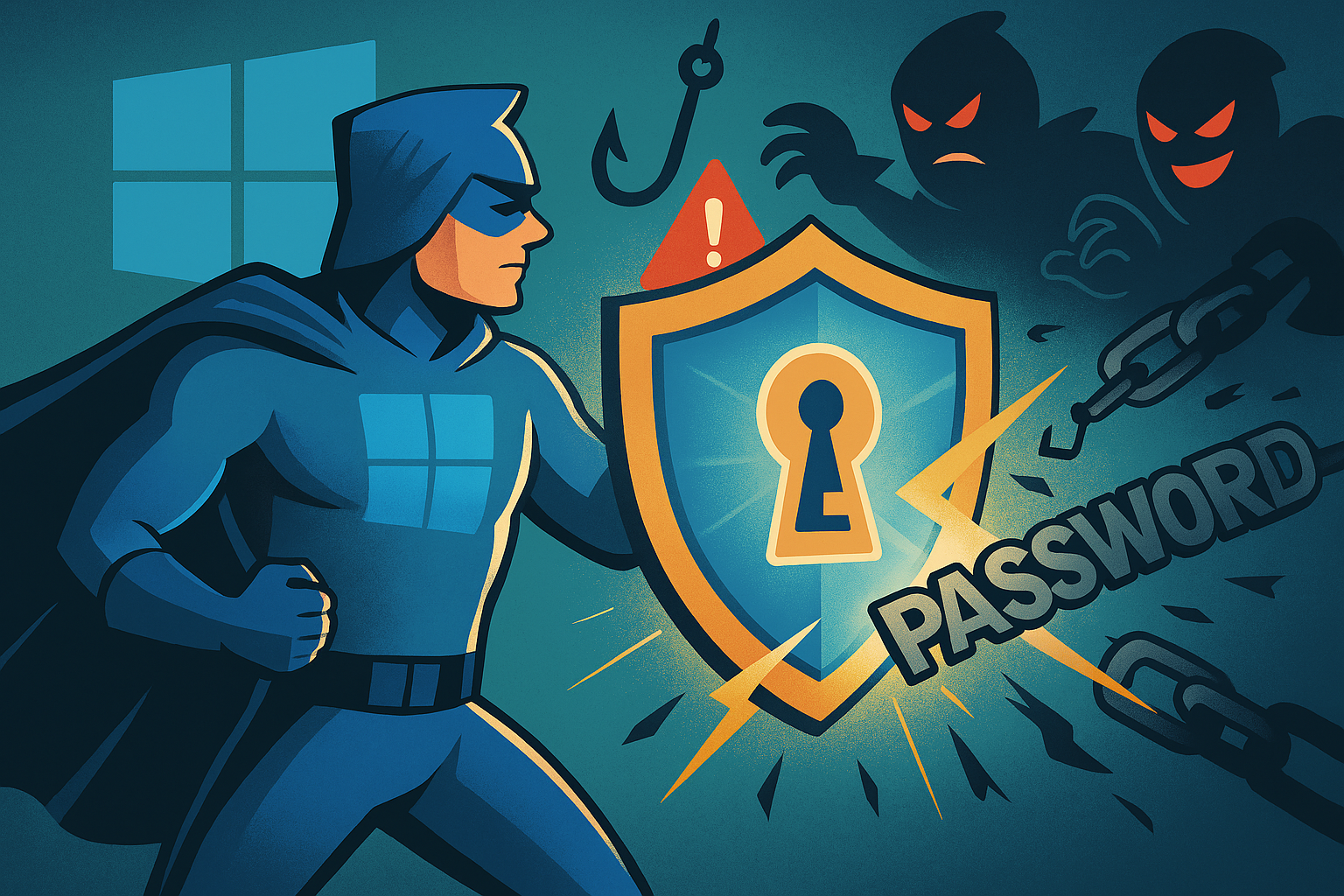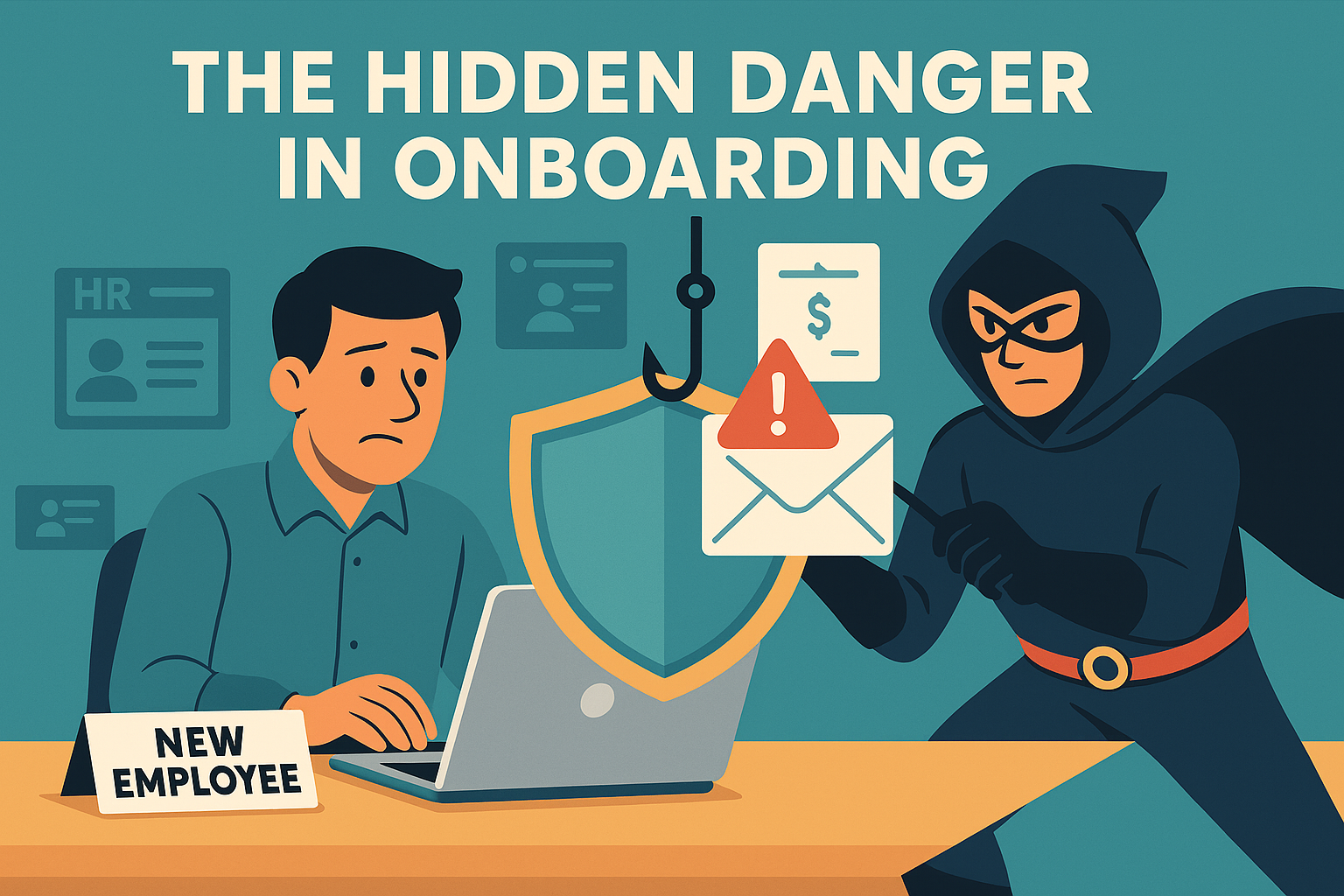Every good superhero story starts with something ordinary. Ours began with a job description link sent through LinkedIn. It looked harmless. It wasn’t.
The Attack
A user clicked the link and downloaded what appeared to be a standard job description. Instead, it was a malicious executable. Once opened, it went to work:
- Dropped itself into a folder disguised as a job description.
- Created a scheduled task to keep coming back, no matter what.
- Hid extra files in OneDrive to blend in with normal business activity.
And here’s the twist: it didn’t need admin rights. Standard user permissions were enough to let it run.
If we hadn’t stopped it, this could have spread across the network.
The Response
This is where the heroes step in. Our team, working with Huntress, moved fast:
- The infected device was isolated from the network.
- Malicious files and persistence tricks were removed.
- The system was secured and verified clean.
No downtime. No data loss. Just quick, decisive action.
Why This Matters
This wasn’t a brute-force attack. It was social engineering—using trust as a weapon. It came from a real LinkedIn contact. It bypassed traditional antivirus. And it didn’t need elevated privileges.
For business owners, that means the old defenses aren’t enough anymore.
How to Stay Ahead
- Train your team to question unexpected files, even from people they know.
- Use security tools that look for suspicious behavior, not just known threats.
- Have an incident response plan and test it regularly.
We’re seeing more of these attacks, and they’re getting smarter. But with the right tools, training, and teamwork, you can stay ahead of the villains.








